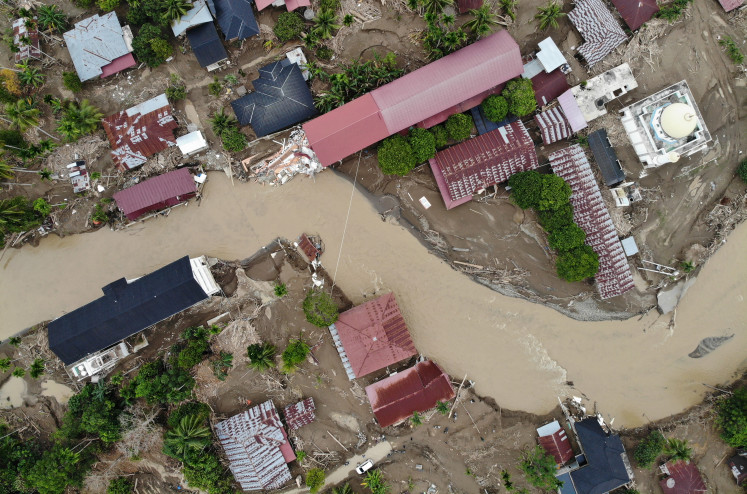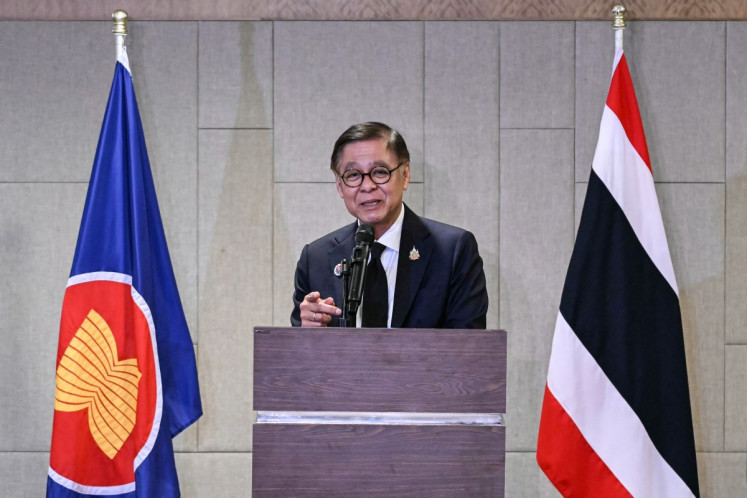Popular Reads
Top Results
Can't find what you're looking for?
View all search resultsPopular Reads
Top Results
Can't find what you're looking for?
View all search resultsWithout innovation, we are going nowhere
The Global Innovation Index 2019 Report (GII 2019) shows that innovation in Indonesia is stagnating, placing Indonesia in 85th position out of 129 countries, the lowest among Group of 20 nations.
Change text size
Gift Premium Articles
to Anyone
S
ince we entered the digital age, the global economy has been transforming from commodity-based industries to knowledge-based industries. The future economic leaders are countries that excel in innovation and research and development (R and D).
Meanwhile countries that still only rely on raw commodity trades and old-way manufacturing will be sluggish in creating high-value added products and jobs, let alone in generating sustainable growth.
Innovation is critical for Indonesia to achieve its dream to become a developed nation by 2045, 100 years since it gained independence. In the 2020 to 2024 national development plan, the National Development Planning Agency (Bappenas) describes a big dream that science and technology capabilities and innovations would increase in 2025, turning Indonesia into a research powerhouse that produces highly competitive R and D products that are oriented toward sustainable development.
However, that gargantuan goal feels nearly impossible amid the current reality. The Global Innovation Index 2019 Report (GII 2019) shows that innovation in Indonesia is stagnating, placing Indonesia in 85th position out of 129 countries, the lowest among Group of 20 nations.
The low ranking of Indonesia’s innovation is mainly due to the weak regulatory environment, to the small gross expenditure on R and D (GERD) and gross domestic product and to the low number of companies that provide formal training.
Without innovation, Indonesia could be trapped in its dream of becoming a developed country. Indonesia’s low R and D culture and literacy is a fundamental problem that makes it difficult for innovation to flourish. It is a Herculean effort to kickstart the innovation-based economy in the current situation. Thus, providing policies that could foster innovation is urgent.
Fiscal policy can play an important role to stimulate innovation through improving training and R and D activities. Based on the Institute for Statistics’ 2017 data from the UNESCO, most R and D activities in Indonesia are performed by the government (69.7 percent) and universities (20.8 percent), whereas the private sector only contributes 9.8 percent. Such low private sector contribution to R and D activities is mainly caused by the high risks and uncertain returns characteristic of R and D.


















